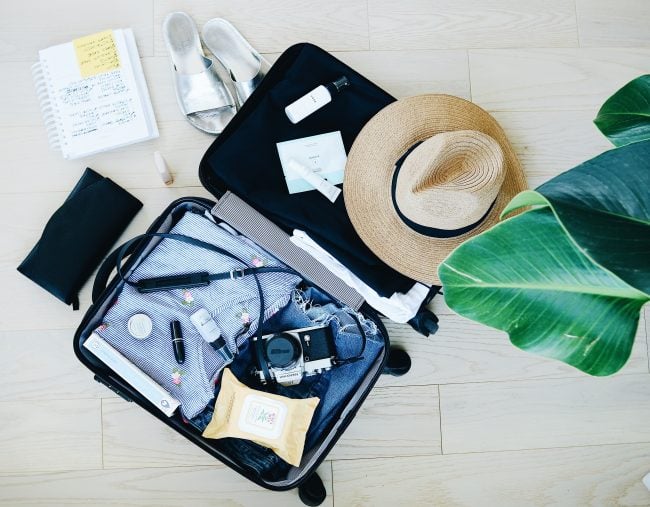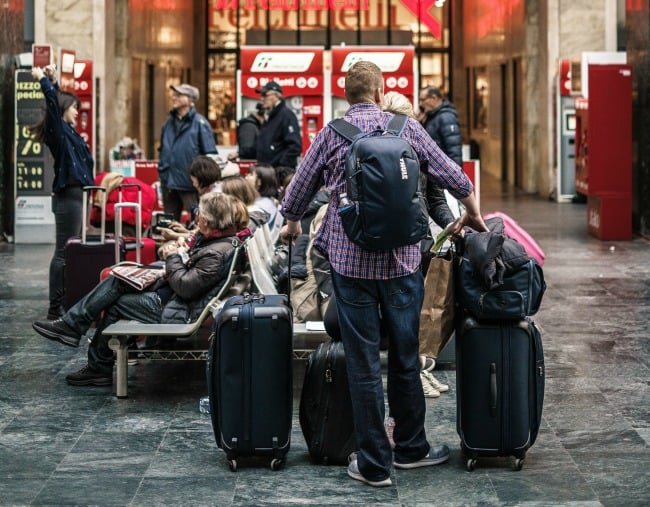
The rules for what you can take in your carry-on luggage seem to get stricter and stricter, but many of the restrictions are focused on two areas: liquids and gels; and items that can be used as weapons. Skyscanner Australia has done some digging to see what the current rules are regarding items that can be taken in cabin luggage. Here’s a bit more detail about what’s allowed, and what’s best left at home.
There’s nothing worse than being that guy holding up the security line because you’ve mistakenly packed prohibited items in your carry on. If you want to avoid surrendering your giant bottle of hairspray, your favourite pair of nail scissors or your prized piece of sporting equipment at the airport, take a look at this guide to what you can and can’t take in your carry on luggage.
Liquid, aerosol or gel restrictions.
On international flights, all passengers travelling in and out of Australia must adhere to strict liquid measurement rules.
Firstly, containers of liquids and gels (such as perfume or toothpaste) must be in a container no more than 100ml. Even if a large container is only partially filled with 100ml or less of liquid, it will be refused.
All products of this type must be inside a clear, resealable plastic bag, such as a sandwich bag. The four sides of this bag must be no more than 80cm in total, meaning a 20x20cm or a 15x25cm are most suitable. The items must fit inside this bag comfortably, with the seal able to close.
Exempt items.
There are a few exceptions to this rule, where you’re allowed more than 100ml of a product. These are generally restricted to medicines and medical items, baby products and special dietary products.


